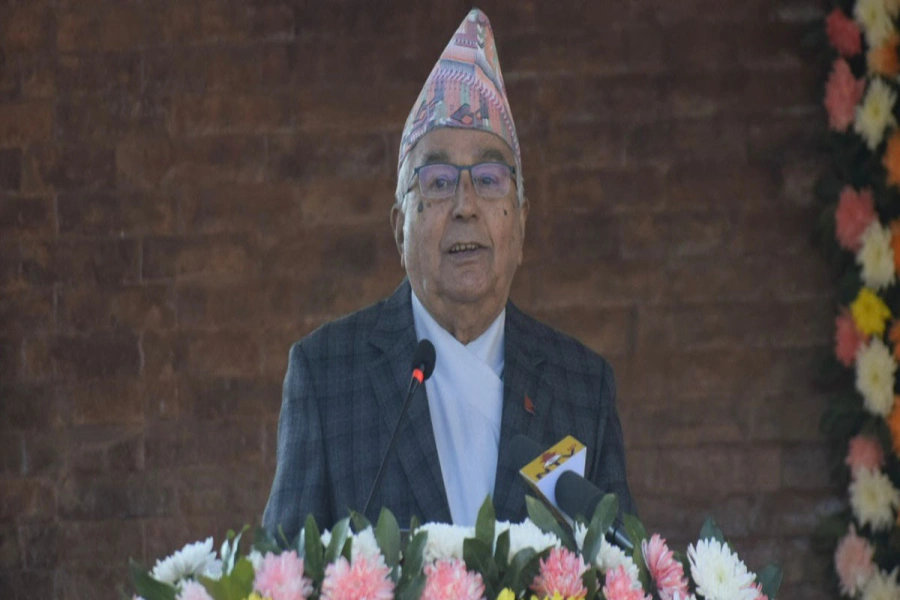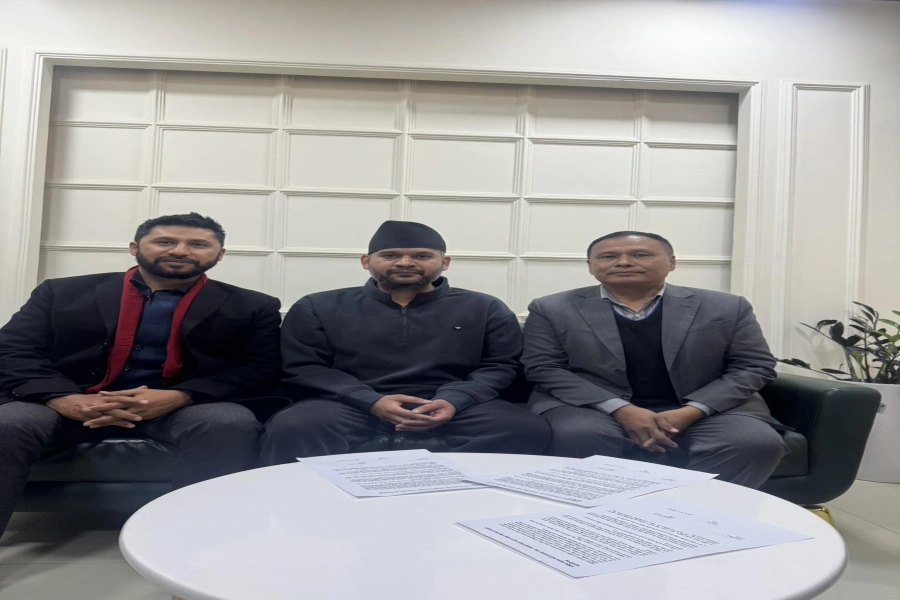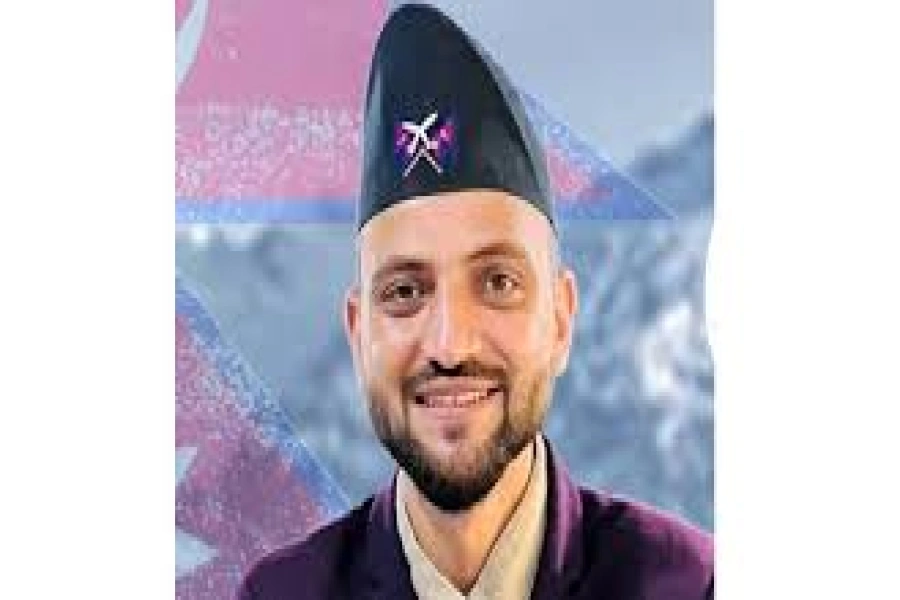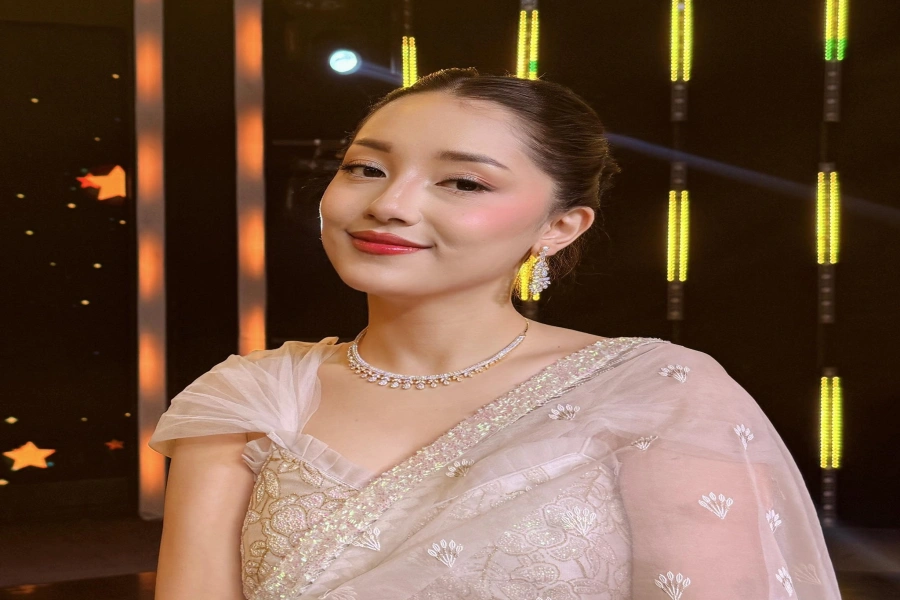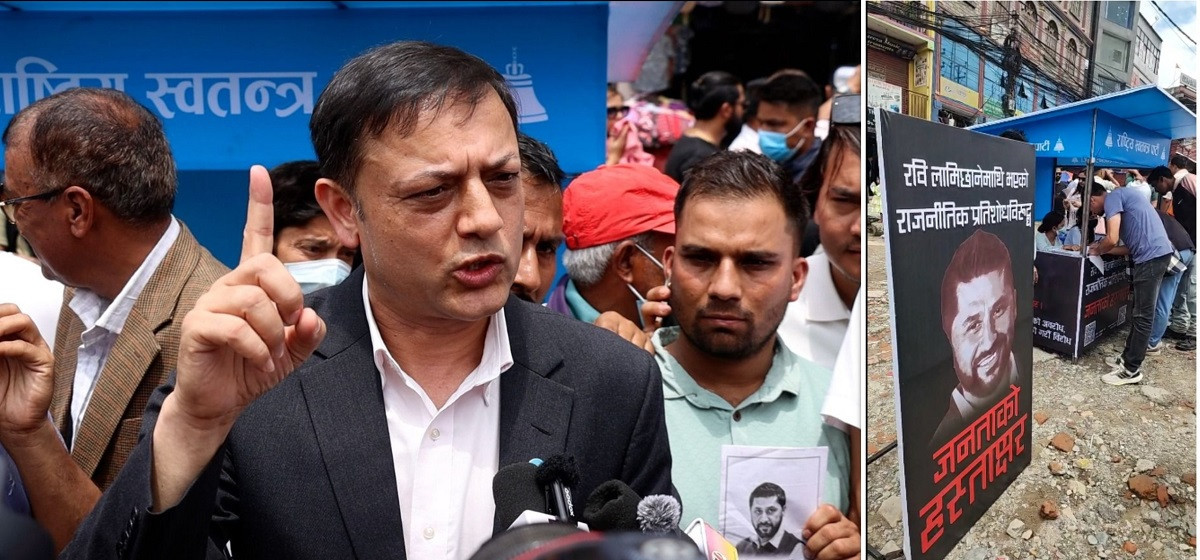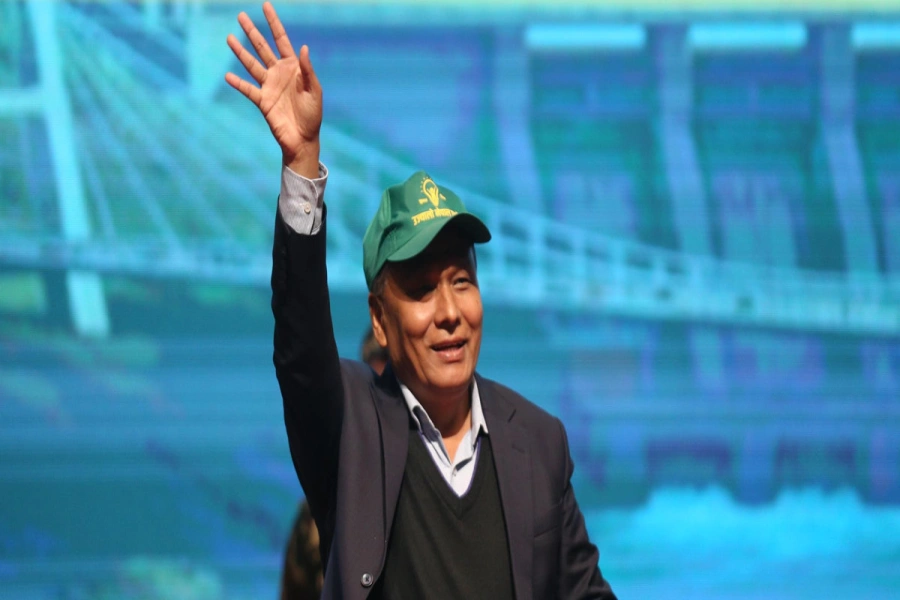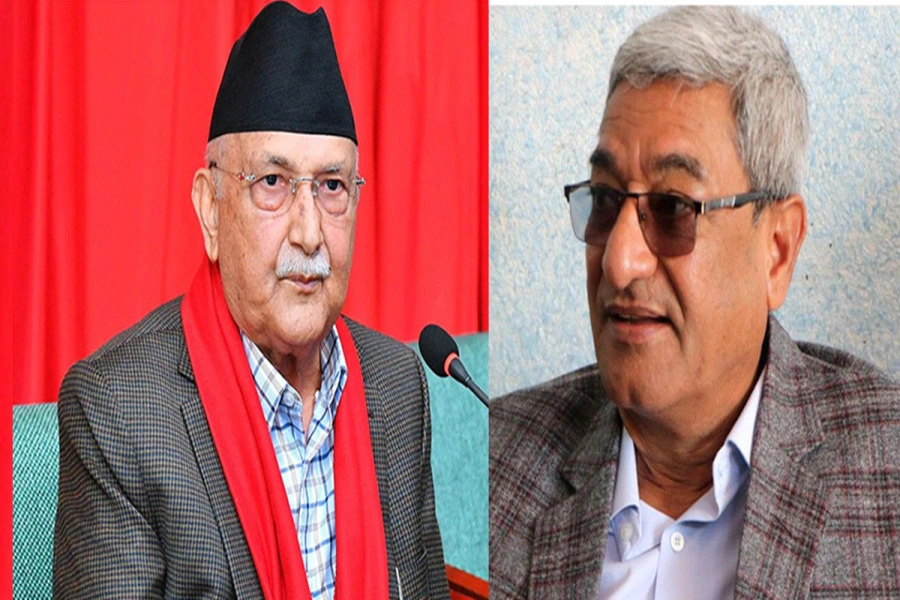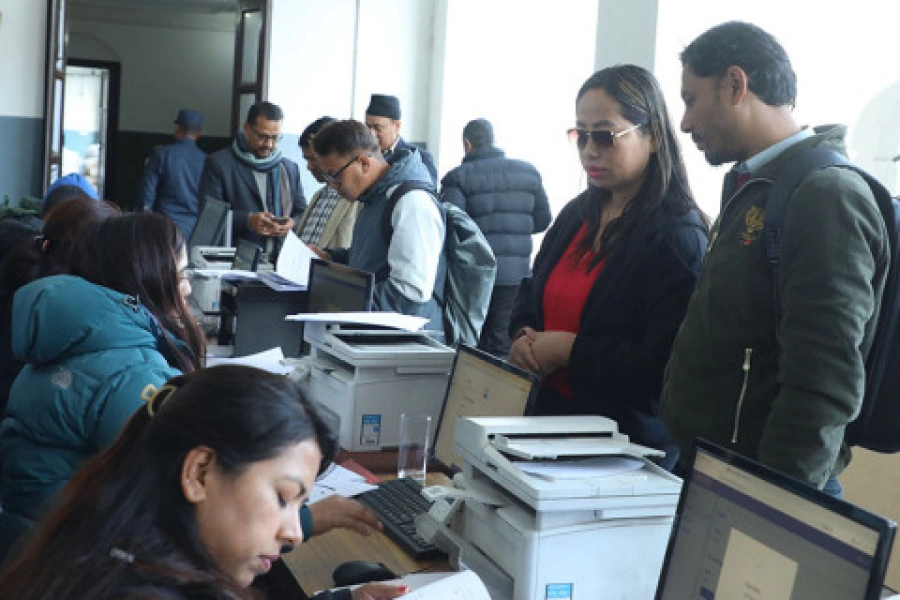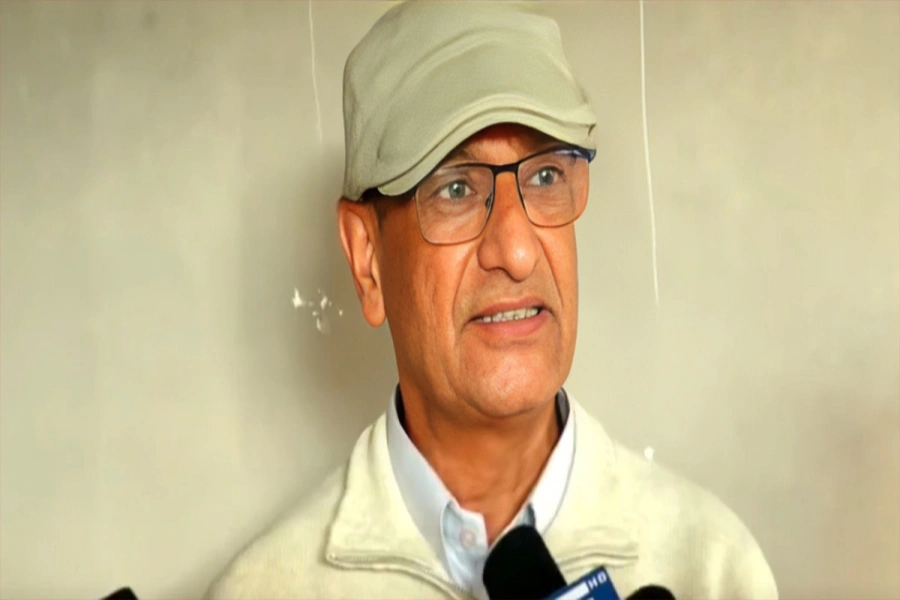What differentiated child participants from young boys substituting cows during the Gaijatra festival in Basantapur were artificial mustaches, lipsticks and extra-thick mascara worn by the latter.
The boys had dressed up in yellow and red robes to represent a cow. They roamed the Basantapur Durbar Square vicinity holding photos of their dead ones and collecting donations. These young boys were elected by their family members to participate in the procession, which meant that they were not to complain of the scorching heat in their fancy robes.
Gaijatra, the procession of cows, is one of the popular Newari festivals. Ever year, families who have lost their family members participate in the festival in name of the dead. If one is to go back to the roots of the festival, Gaijatra was supposed to be a day where people worshipped the God of Death Yamaraj, according to Gyani Raja Bajracharya, a priest. “Earlier, people used to donate their cows in hopes that their ancestors got placed in heaven.”
To a ten-year old Rojin Shakya, Gaijatra is about giving voracious donations or receiving them if you are participating in the parade as a cow substitute. “Food and/or money are given to earn punya (merits),” said Shakya. His mother had directed him to donate to the participants and not the beggars, who had made a considerable crowd in the Durbar Square on Tuesday.
Going all out on Gaijatra

Besides the musical processions and cow avatars, Lakhe dance is another significant aspect of Gaijatra. A guy is elected to dress up in mask as well as heavy costume and he dances in the middle of the road. Hence, it is definitely an exciting sight to the non-Newari spectators.
While his dance was not different from a drunken individual’s solo moves, to perform the dance with constant energy and enthusiasm is not everyone’s cup of tea. Amid mounting heat and spectators that would rather only see you dance, it is definitely difficult for a Lakhe to sustain.
On top of that, a Lakhe is supposed to have an eye for his audience and an effective grasp of the music, making sure the ribbons fly in accordance to the beat.
Meanwhile, modern instrumental bands could be seen replacing traditional dhyangro and dhol during the Gaijatra celebrations on Tuesday, thus causing an absence of spiritual essence of the age-old practice.
Wedding band members in black trousers, white shirt and a trademark red coat were a common sight in Basantapur Dabali area. Hired to walk first, however, they played music that wouldn’t add much in terms of evoking solidarity among those who had lost their loved ones. The music they played reminded one of commercial love songs.
Few spectators—excluding the Lakhe—were seen relating the beats to happy occasions like marriage and dancing to them. While it is not necessary that Gaijatra be a sad parade, preferring modern musical instruments to traditional ones risks the extinction of the festival’s historical essence.
The elderly participants in the parade, meanwhile, retained traditionalism and cited bits of Newari bhajans. When Tirtha Man Dangol, a participant, and his group reached the Basantapur Dabali area, he was assigned a dhyangro to play. In contrast to the modern music instruments played by other groups, Tirtha’s group chanted prayers to the beat of the dhyangro. He mentioned that chanting prayers was how Gaijatra used to be celebrated in the past as it helped ‘appeal to God’ so that the dead could reach heaven.
“People belonging to the Newar community participate in the parade with much enthusiasm even if no one has died in their family in the year. This year no one in our family died, but we still participated in the parade to remember the
dead. "
To aid the procession of Gaijatra, few charities and social service organization, like Scouts, Rotary and Rotract Clubs, organized free health checkups and provided drinking water.




